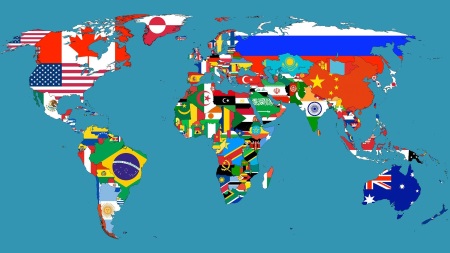Nombre:
Puerto de Saigón
Otro:
Localización:
View Larger Map
Tipo: Puertos
Categoría:
Foto:
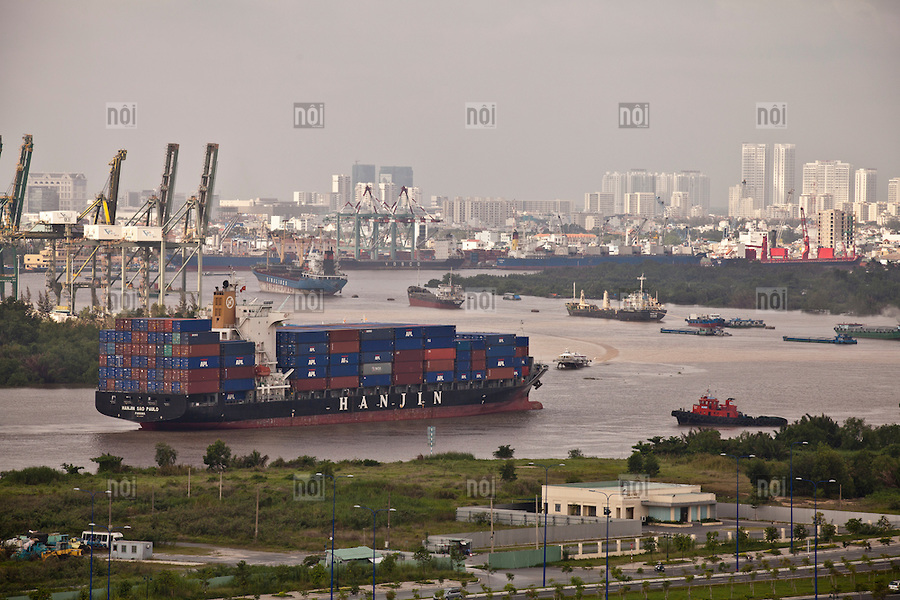
Voto:
Continente: Asia
País: Vietnam
Localización: Ciudad Ho Chi Minh
Año:
Estado: Terminado
Descripción:Vietnam still in China’s shadow
Much has been reported about Vietnam’s promising trading prospects, yet its new container terminals in Cai Mep-Thi Vai remain poorly utilised. Four of the six have no regular mainline customers, and the opening of another two has been postponed.
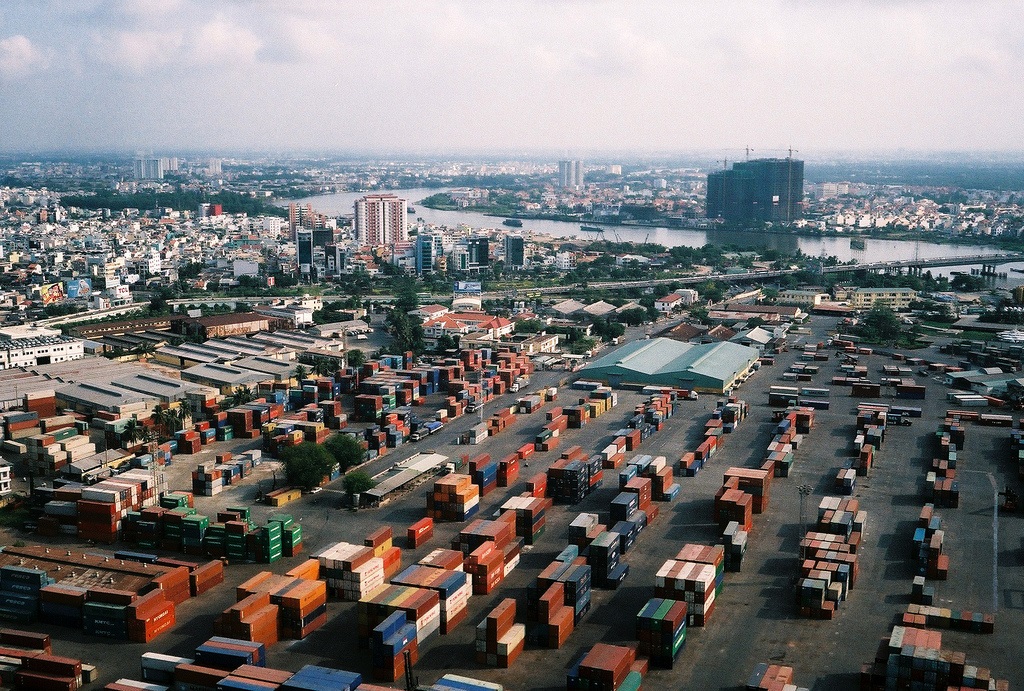
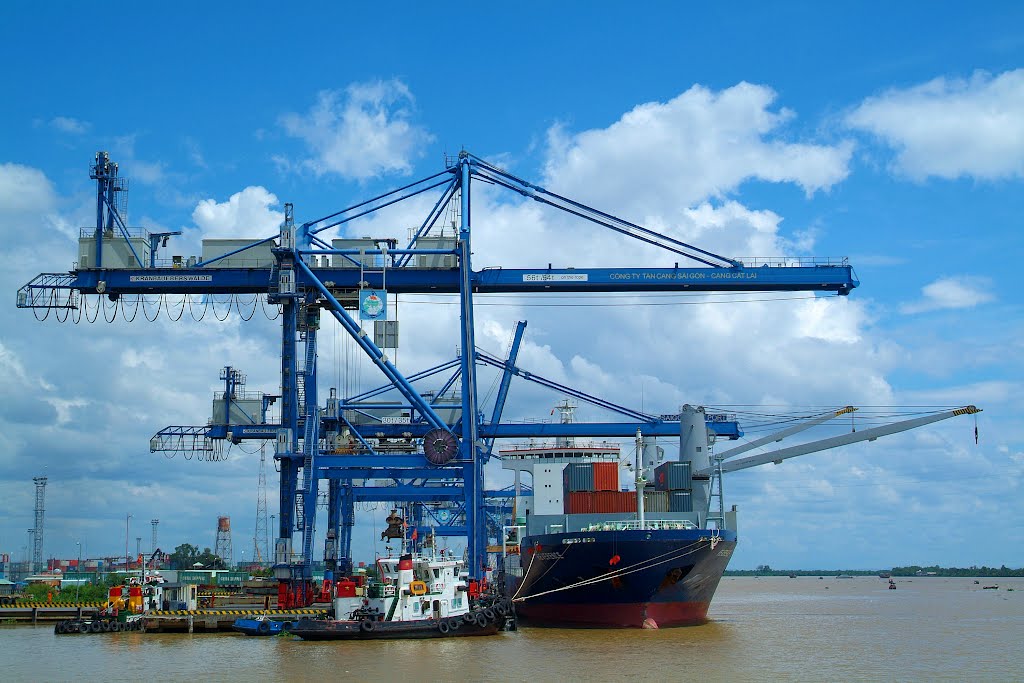
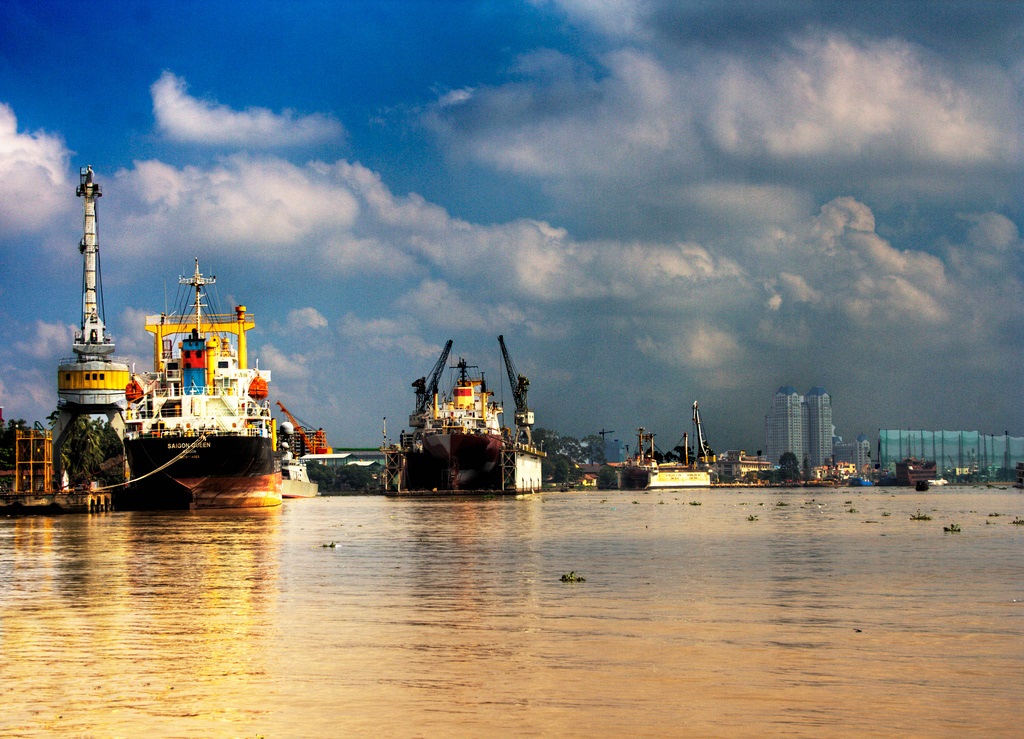
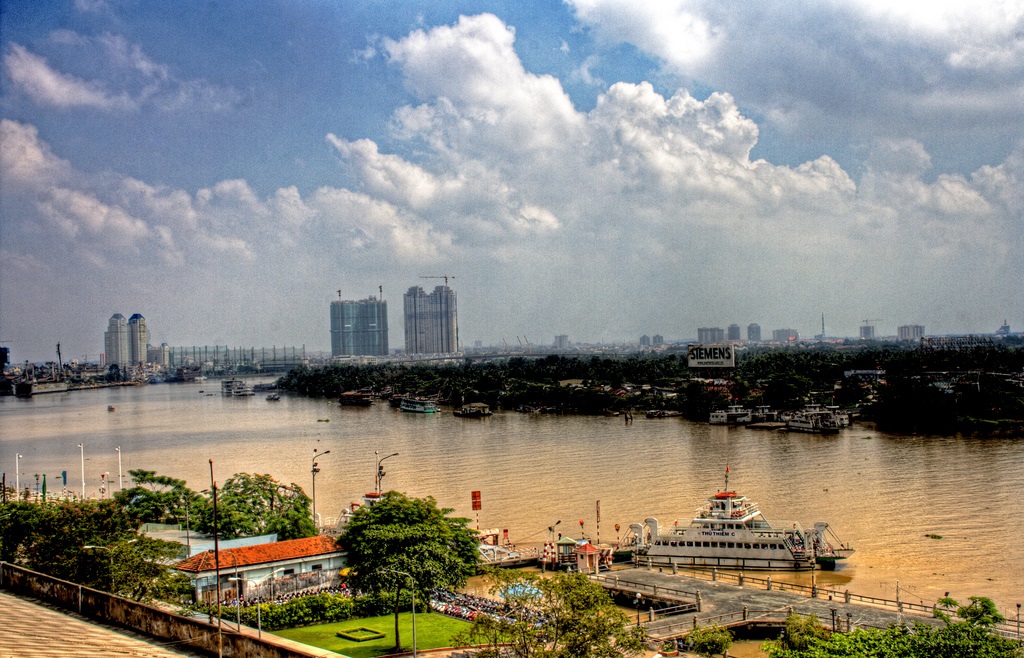
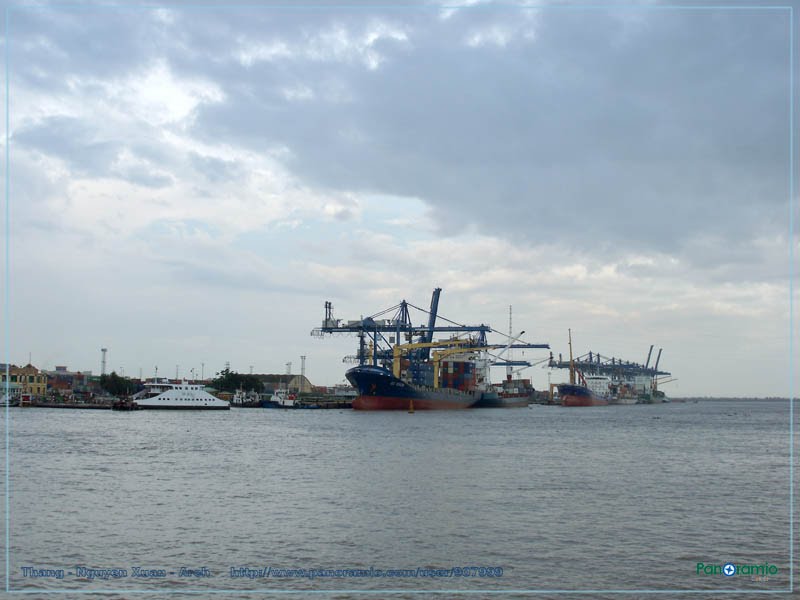
The latest port statistics from Vietnam indicate that although its container traffic continues to increase impressively, growth is still falling short of expectations, implying that obstacles remain to the transfer of manufacturing from China, where labour costs have been surging by more than 20% per annum since 2008.
Growth in the country’s southern container terminals, which serve the important industrial region around the inland city of Ho Chi Minh (HCMC), including Cai Mep-Thi Vai’s port complex (CM-TV) on the coast, 48 kilometres downstream, only reached 6.8% last year, taking total throughput up to 4.9 million teu, following on from 9.6% in 2011. And its northern gateways, including Hai Phong, experienced a 2.6% decline, down to 2.1 million teu, following growth of 11% in 2011.
By contrast, China’s total container throughput reached 160 million teu in 2012, according to Drewry’s global research data.
Moreover, HCMC’s port statistics, including CM-TV, remain grossly inflated in absolute terms because of the large proportion of river traffic moving by barge. As with other river ports, such as Hong Kong and Rotterdam, the transfer from ship to quay, and then from quay to barge (and vice versa) counts as two moves, not one, thereby doubling up on container terminal throughputs normally measured in gantry crane moves.
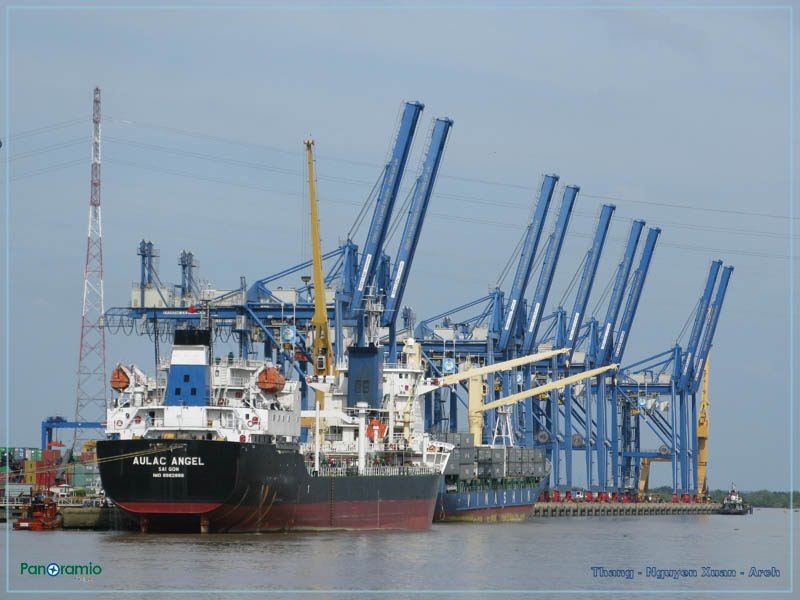

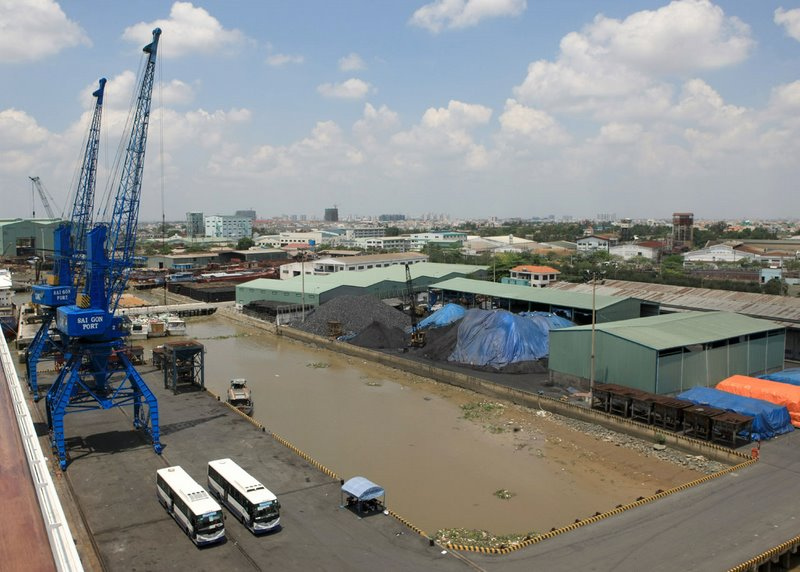
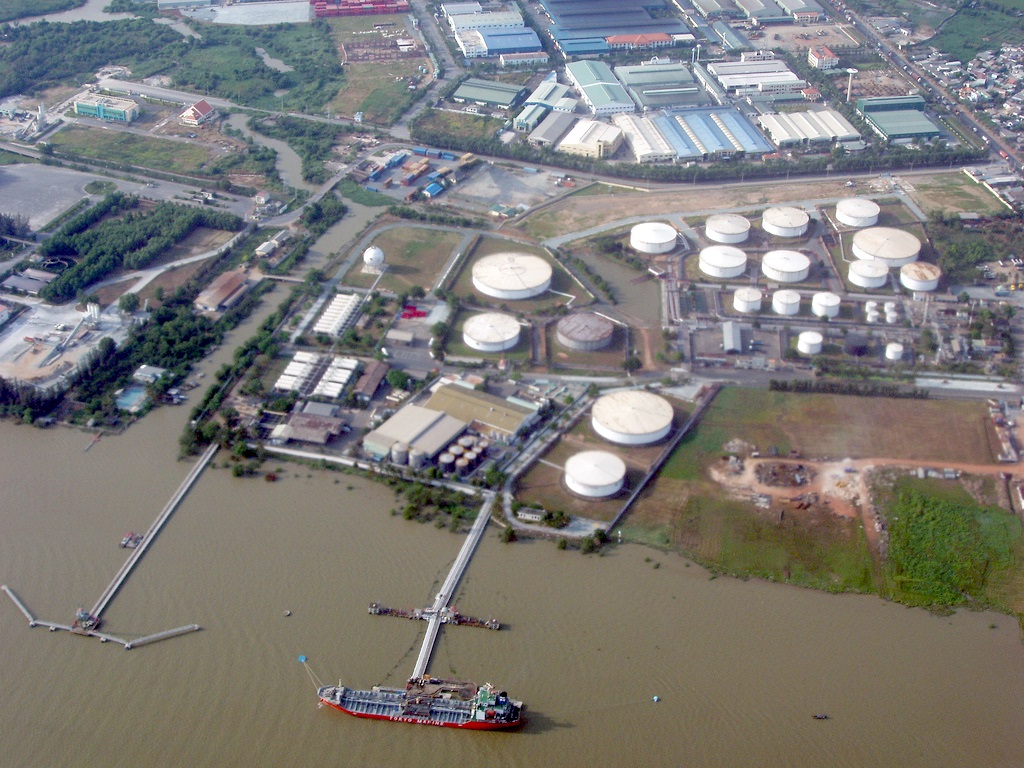
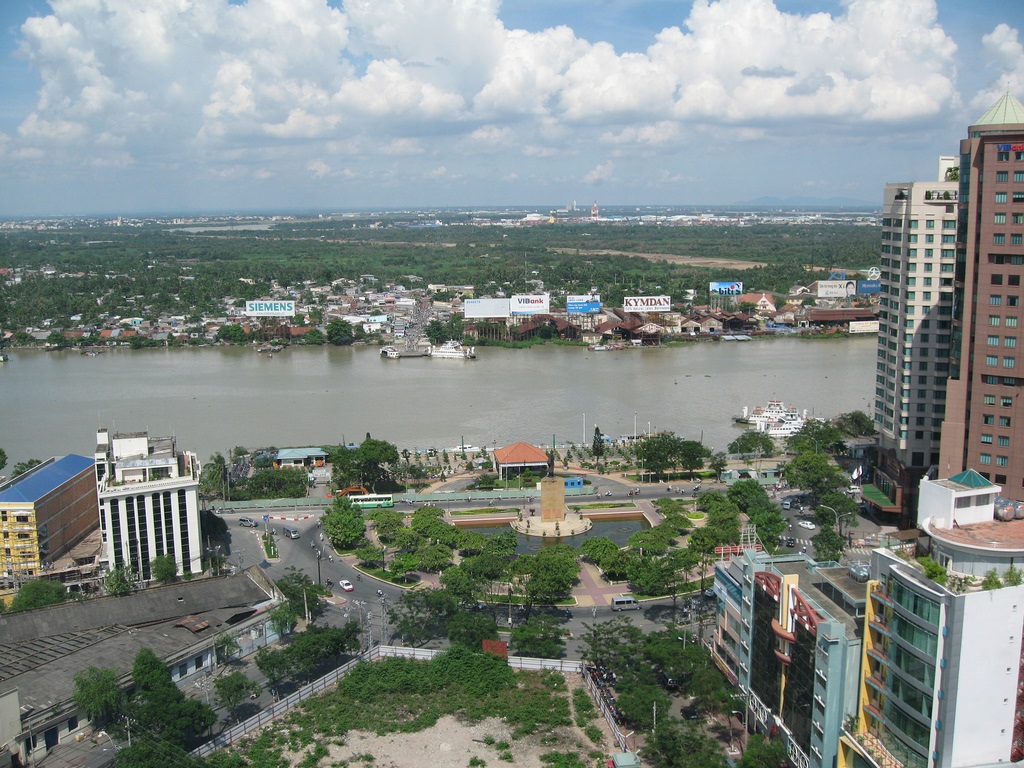
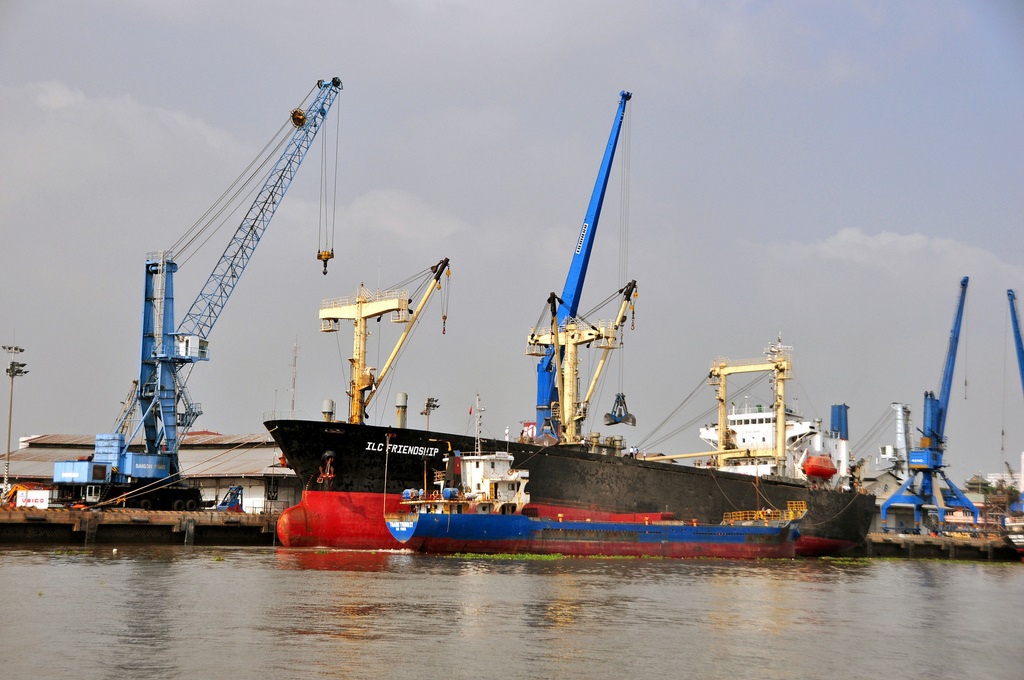
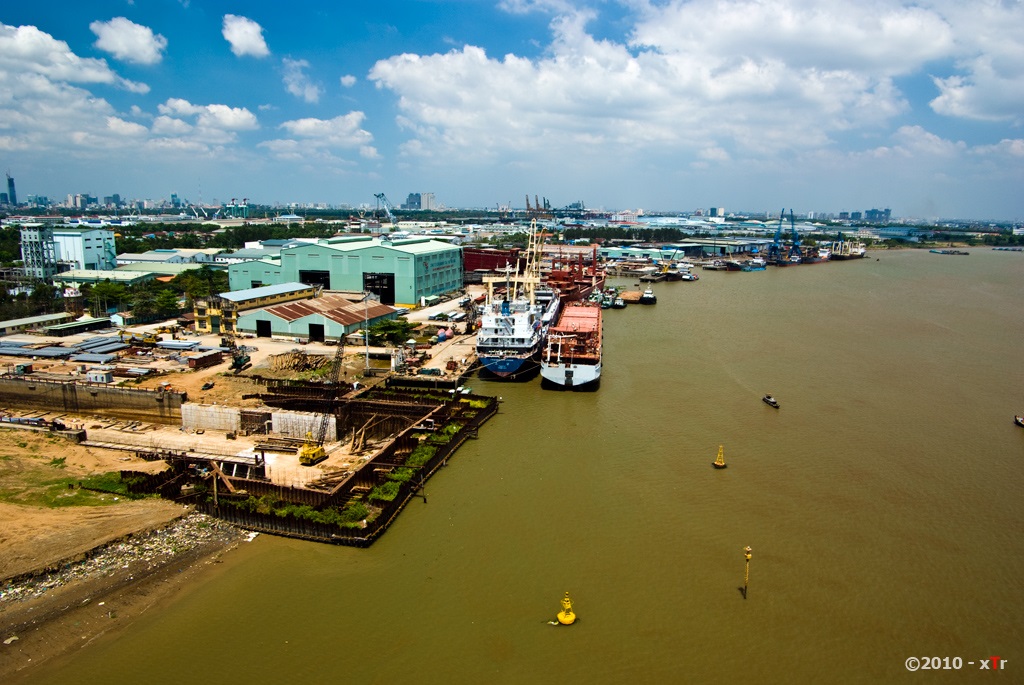
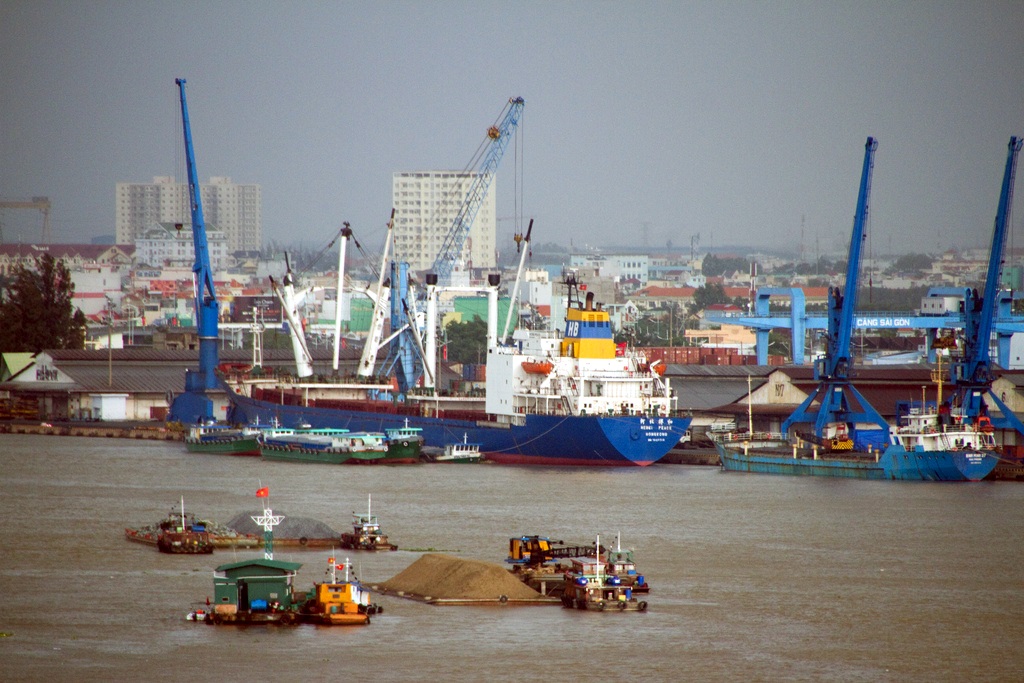
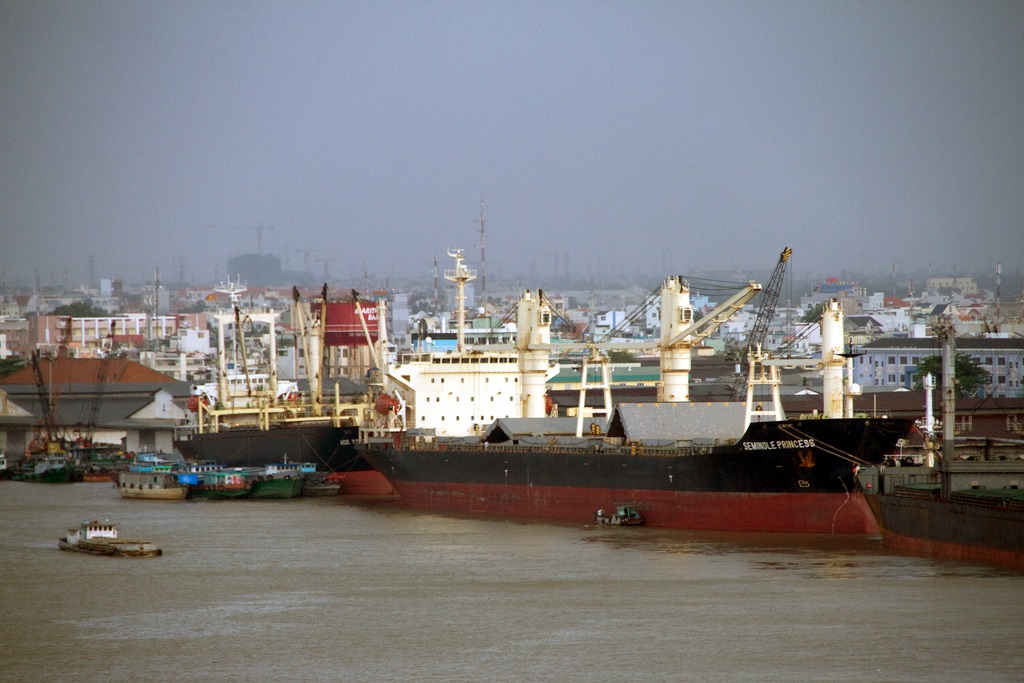
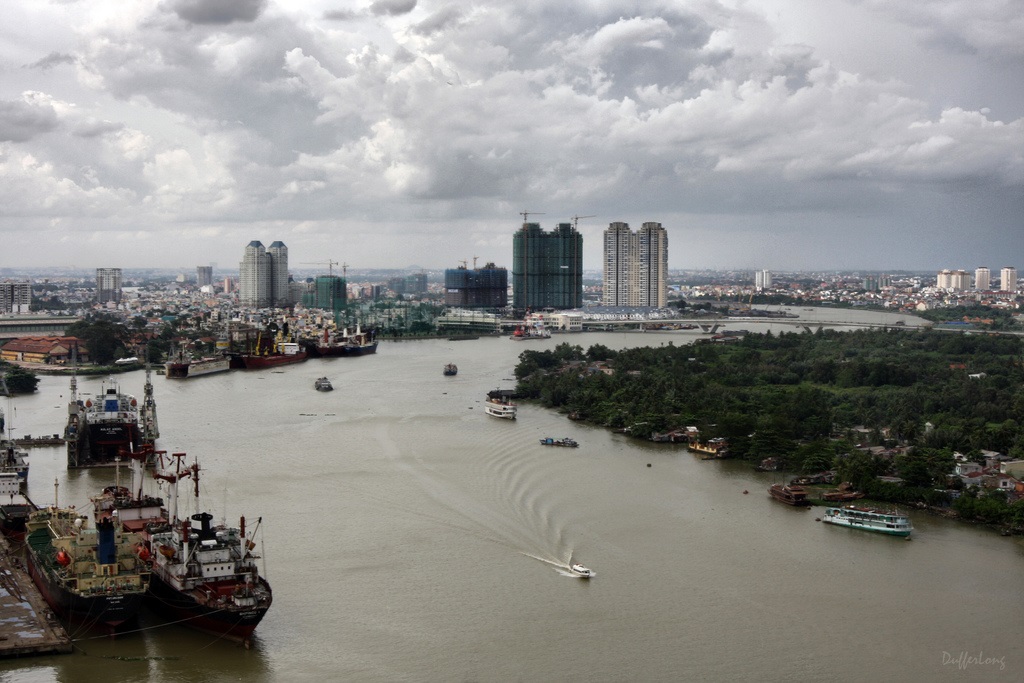
Approximately 95% of CM-TV’s traffic moves by barge to HCMC. Also, HCMC’s two largest container terminals (Cat Lai – otherwise known as TCCL and VICT), don’t just serve the city’s requirements, they also serve regions further inland, such as Bing Duong and Dong Nai, so even overseas containers arriving there directly by feeder vessels, bypassing CMTV’s deep-water terminals on the coast, are still sometimes confronted with ‘transhipment’ onto barge.
This means that out of the 4.9 million teu handled at the southern gateways in 2012, only around 60% could have consisted of mainline moves. The statistics need to be treated with care, as the way container handling moves are recorded by each terminal is not always consistent. Furthermore, detailed figures have only been available since 2010, with a further refinement of separating domestic import and export traffic being made in 2012.
Judging by the way that container terminal capacity has been added in CM-TV since 2009, much higher growth was expected. Out of the cluster’s six container terminals, only two currently have regular main line customers.
APM Terminal’s CMIT accommodates one Maersk service and one Grand Alliance service (AEX), and Tan Cang International Terminal (TCIT), in which MOL and Hanjin have an interest, accommodates the G6 Alliance’s Loop 1, K Line’s AWE4 service, MOL’s PSX and CHS3 schedules, and the CKYH’s MD3 loop. It is estimated that CMIT currently handles 8,678 moves a week, whilst TCIT handles 9,555 moves.
This is a far fewer number of deep-sea services than in 2011 and early 2012, when CM-TV was buzzing with new transpacific and Asia/Europe schedule announcements.
So what has since changed? Only those involved in the planning stage of the terminals will know for sure, but what seems clear is that Vietnam has turned more towards trading with NE Asia since joining the WTO in 2006, rather than to the US and Europe.
http://ciw.drewry.co.uk/port-developments/vietnam-still-in-chinas-shadow/
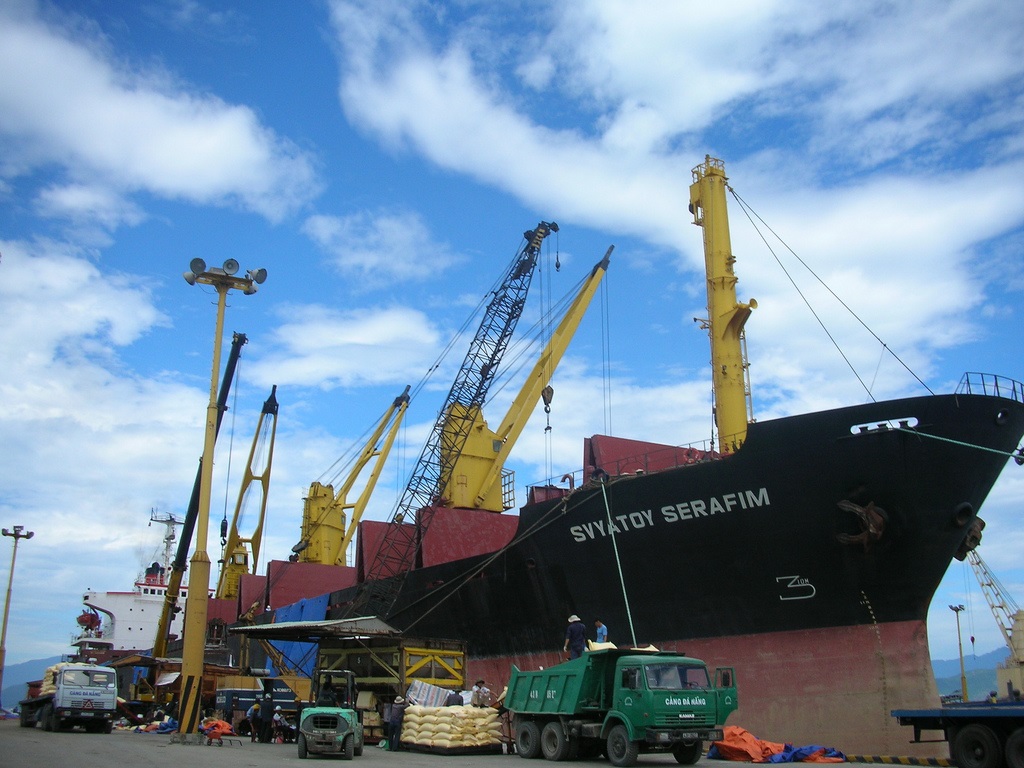
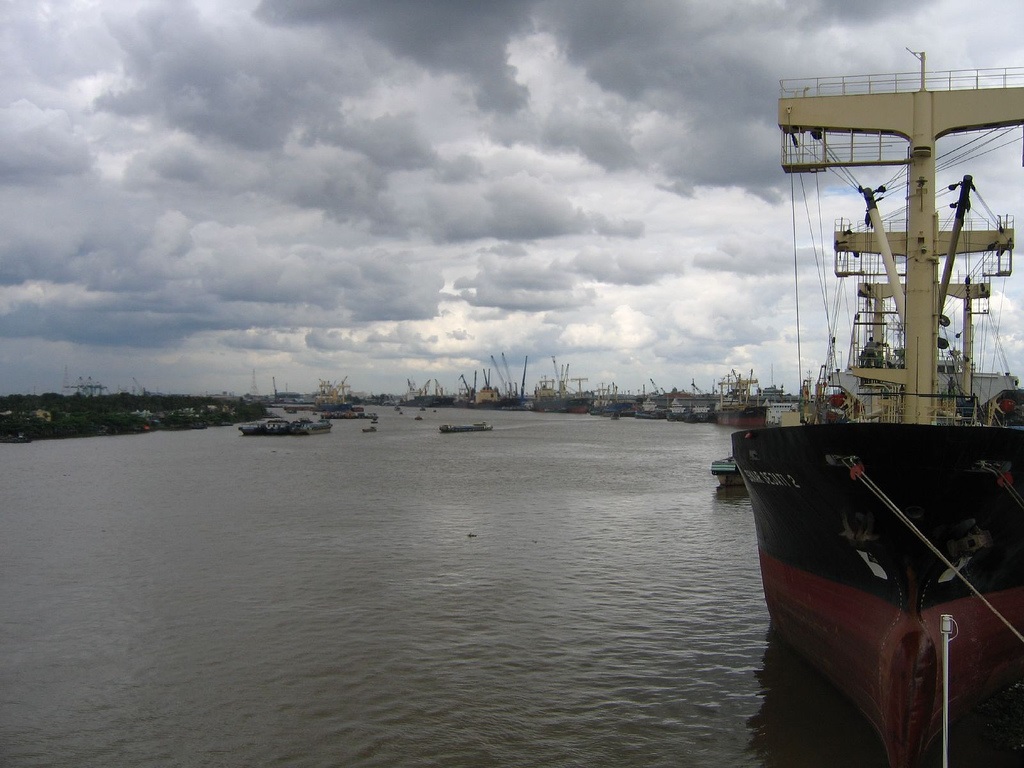
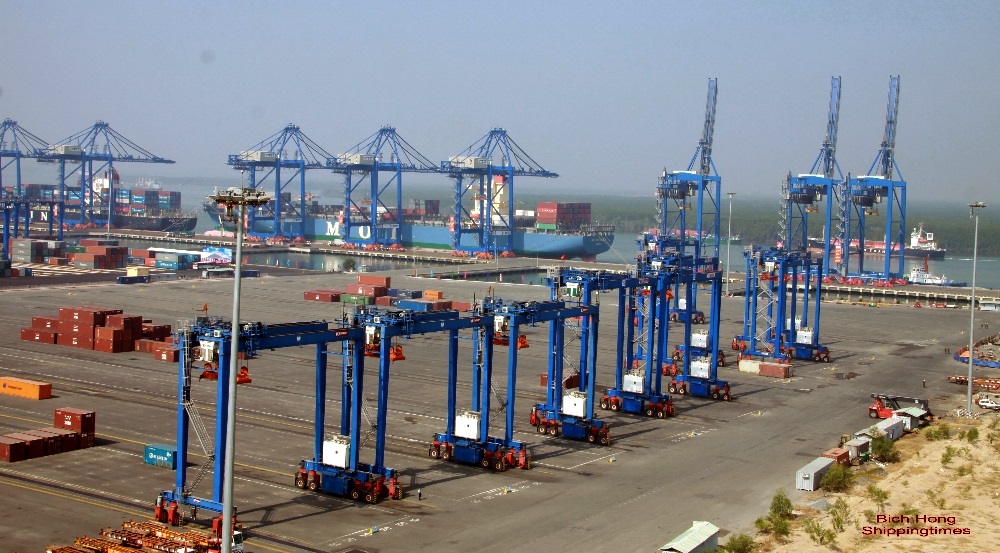
Saigon Port is a network of ports in Ho Chi Minh City. The port name is derived from the former name of the city. By 2011, it is the 29th busiest container port in the world.[1]
History
Saigon Port played an important role in the foundation and development of the city of Saigon. During the era of French Indochina, the port played a significant role in the import and export of materials from the colony. Today, this port network is the hub for export-import of goods in south Vietnam - the economic hub of the nation, which accounts for more than two-thirds of Vietnam's economy.
Operations
In 2006, Saigon Port handled more than 35 metric tonnes of cargo and 1.5 million TEU of containers. By the end of 2012, Saigon Port now handled 3.5 million TEU of containers, an increase of 14% from 2011.[2]
Relocation
Due to urban planning, the network of Saigon Port has been relocated to the outskirts of Ho Chi Minh City, specifically to the Hiep Phuoc New Urban and Port Area, Cat Lai New Port area and especially to Thi Vai Port and Cai Mep Port in Ba Ria-Vung Tau Province, 60 km South-East of Ho Chi Minh City, 30 km North-West of Vung Tau. The Thi Vai Port with the capacity of handling ships up to 50,000 tonnes will be the leading deep-water port of this region.
http://en.wikipedia.org/wiki/Saigon_Port
http://www.skyscrapercity.com/showthread.php?t=1148349
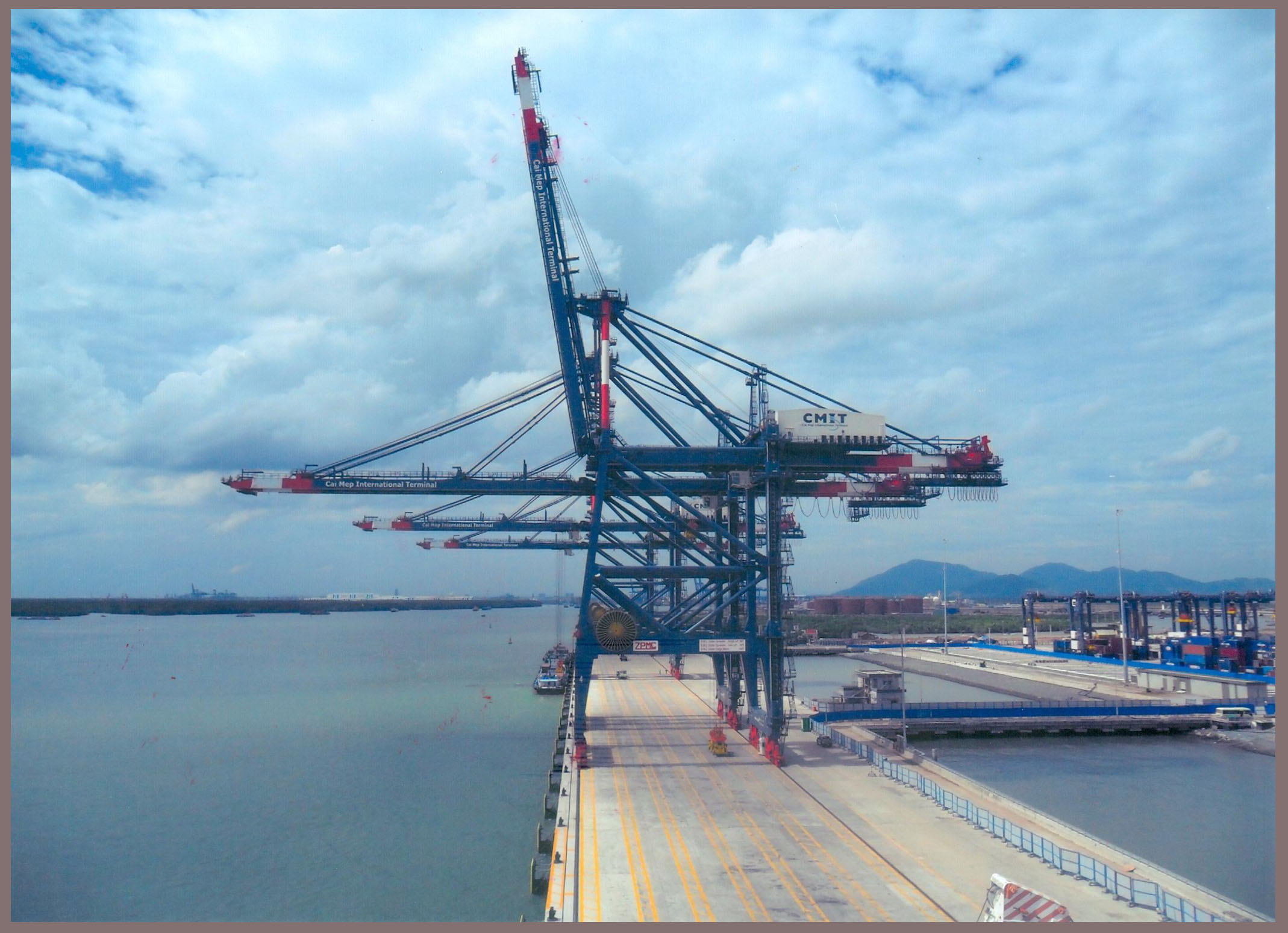
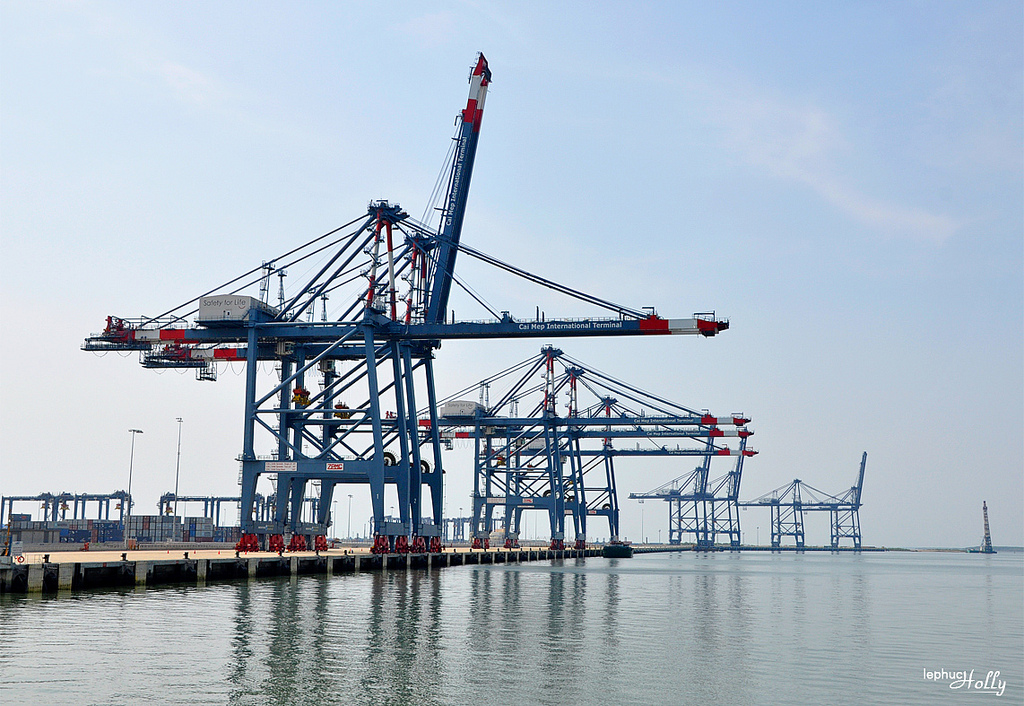
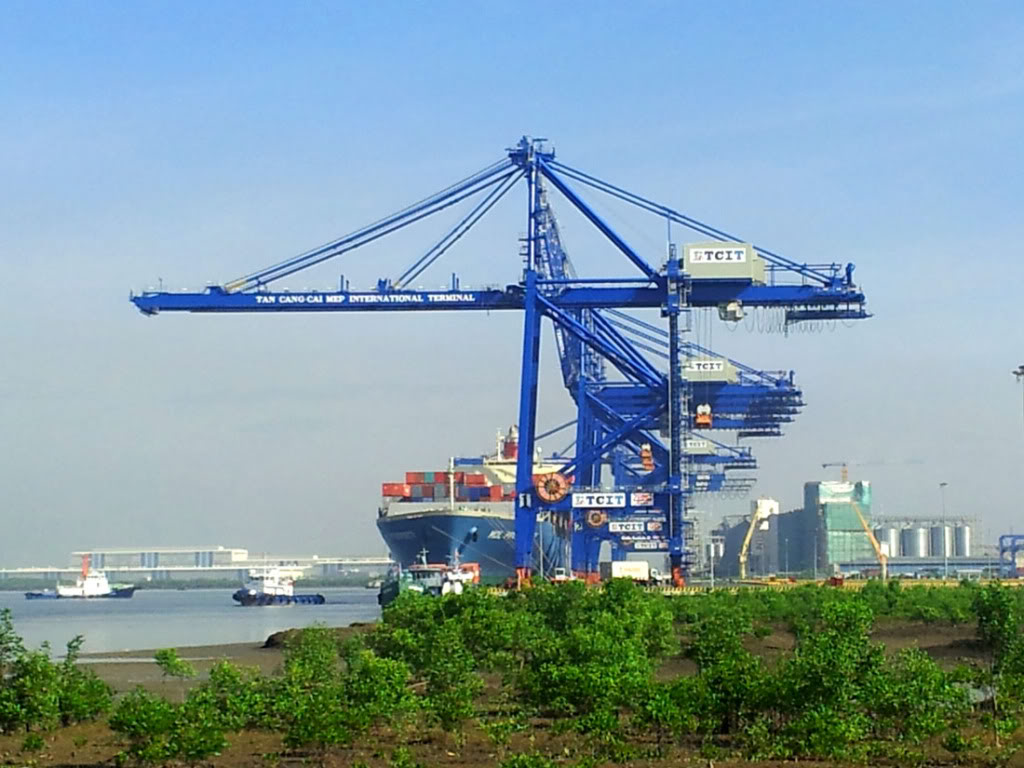
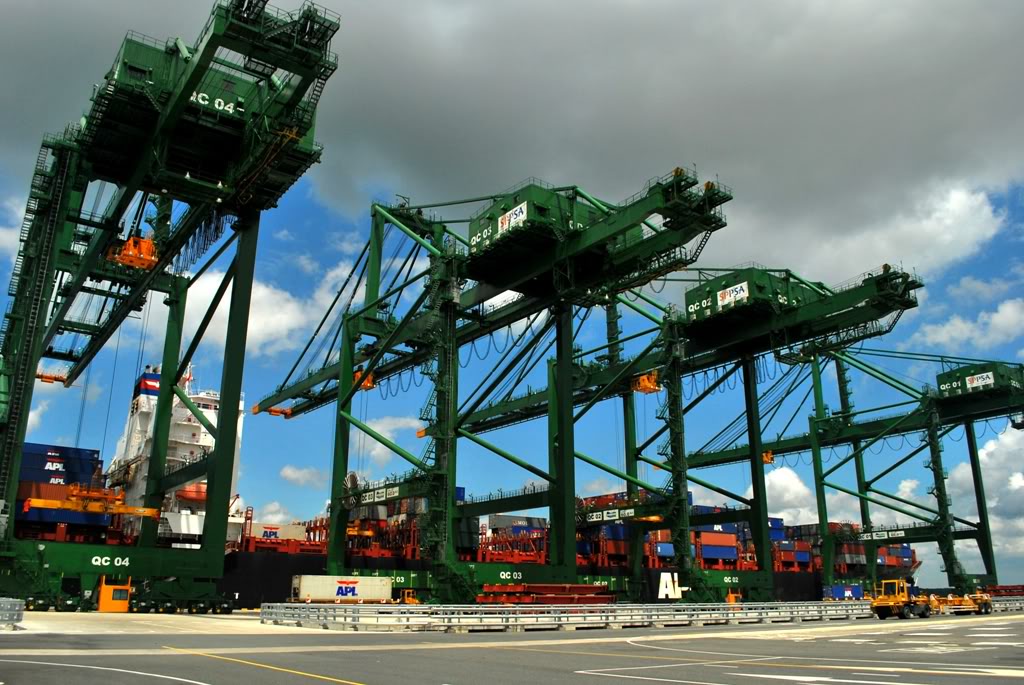
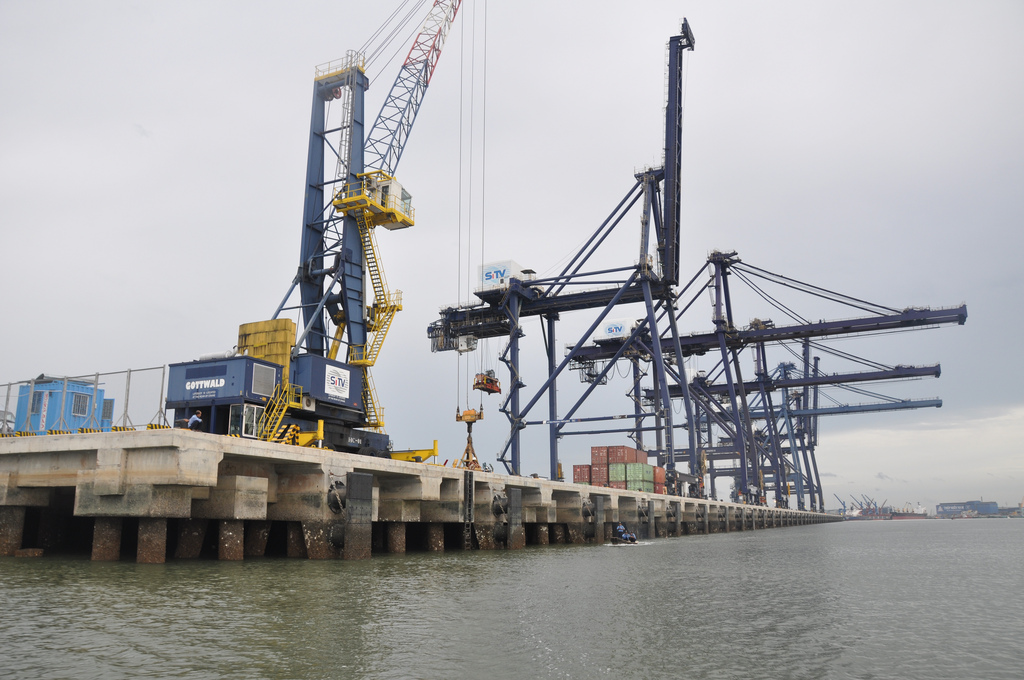
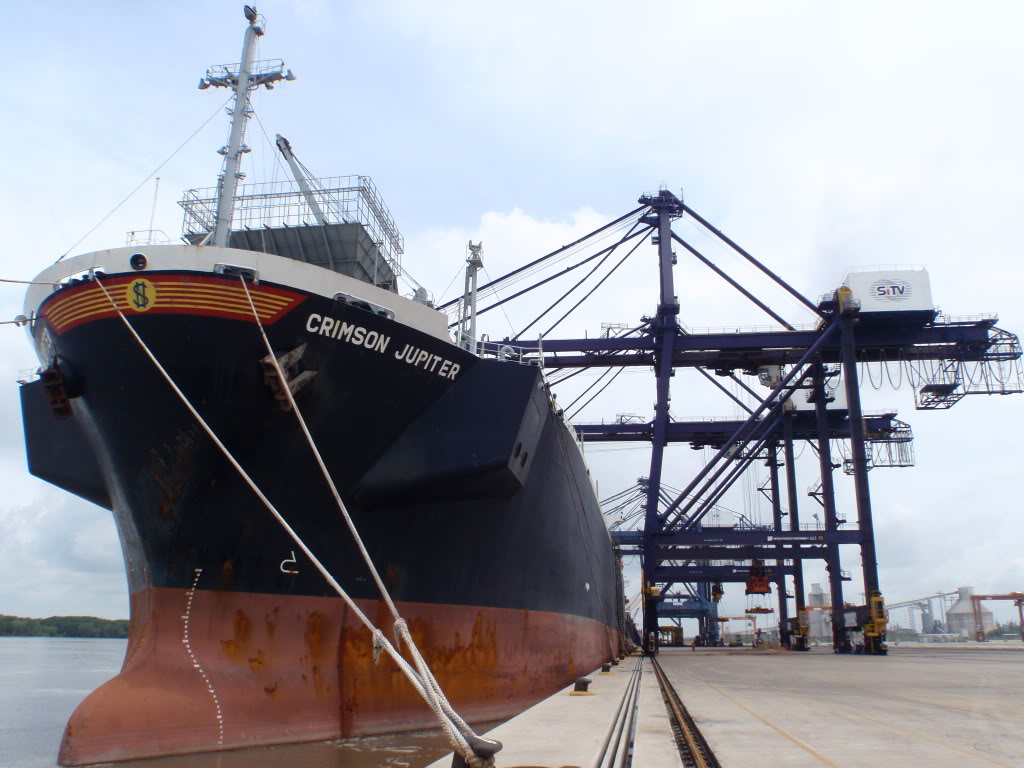
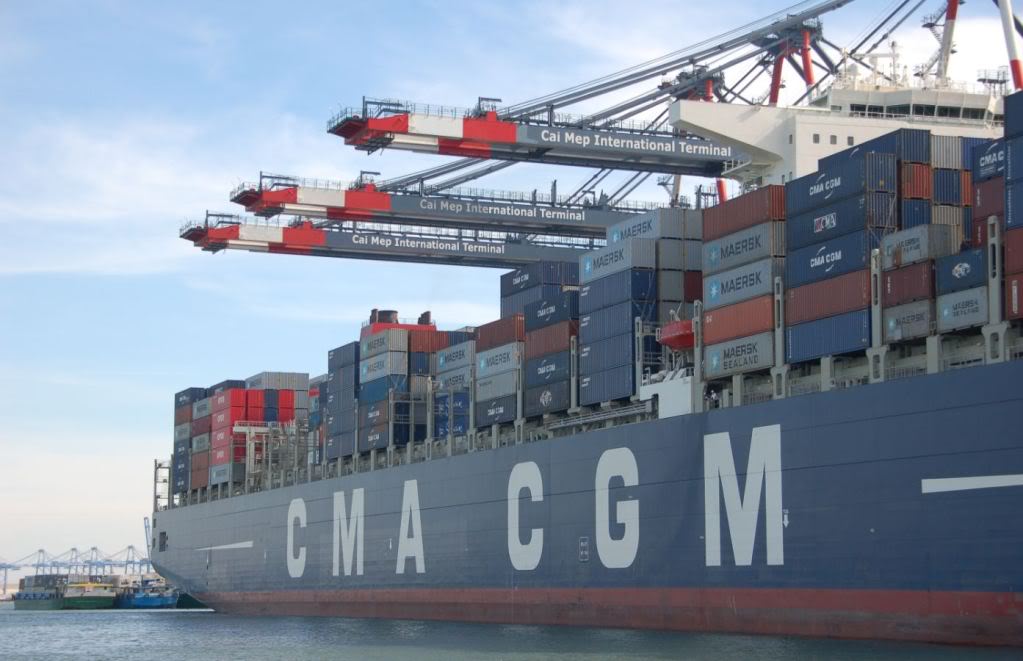
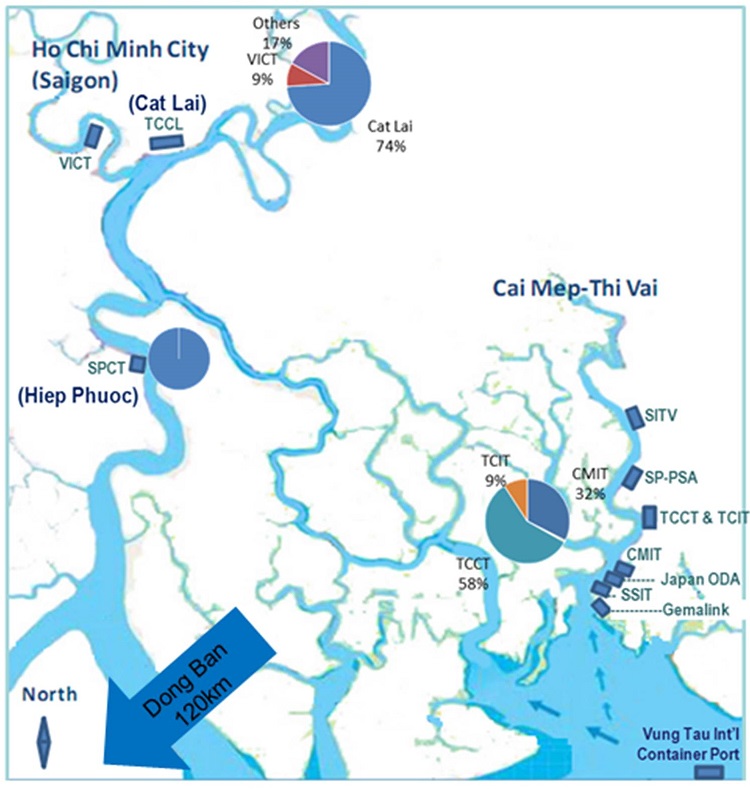
Vídeo:
Web recomendada: http://www.csg.com.vn/indexvn.jsp
Contador: 8109
Inserción: 2013-07-18 13:22:40
Lugares a visitar en un radio de 100 km (en línea recta)
Mapa de los lugares a 100 km (en línea recta)
Mostrando Registros desde el 1 hasta el 0 de un total de 0
Visitas |
Más visitados Basílica de San Marcos 154430 Catedral de Notre Dame (París) 143734 Torre de Pisa 131175 Monte Saint-Michel 100323 Presa de las Tres Gargantas 80771 |
Incorporaciones |
Comentarios hazola Cúpula de la Roca gracias me... gera Buenos Aires las mejores fotos de la mejor ciudad del... Daniel M. - BRASIL San Francisco ... PEQUE Presa Chicoasén SERA QUE ALGUIEN ME PUEDE DAR MAS INFORMACIÓN DE ESTE PROYECTO ESTUDIO EN LA UNACH Y ES PARA UN... Mery Huaca Pucllana Muy interesante, muy buena la información y... |
 Tweet
Tweet


